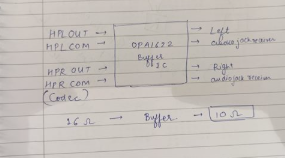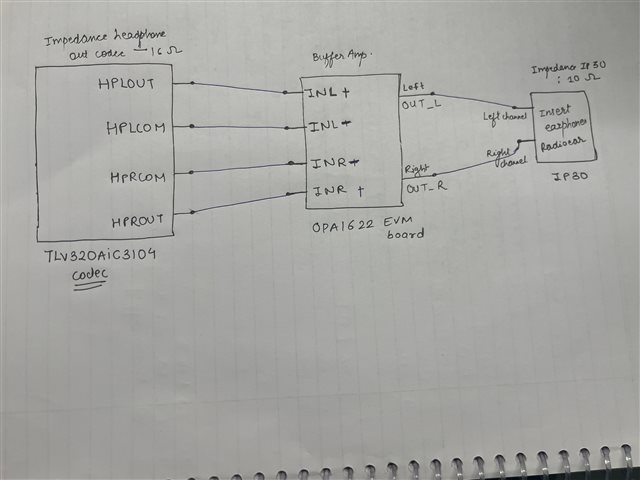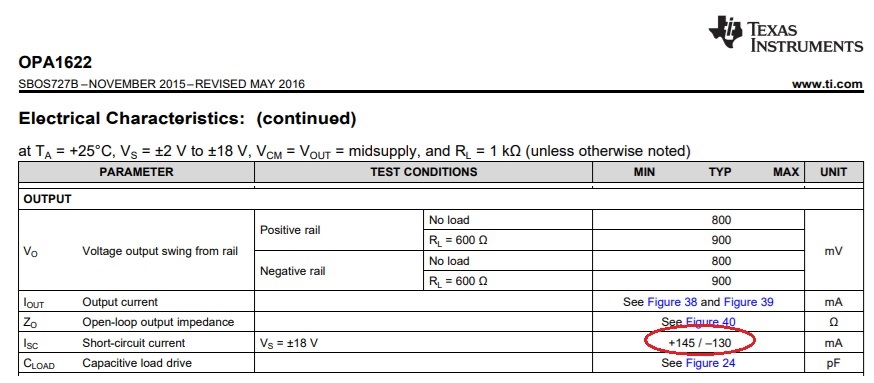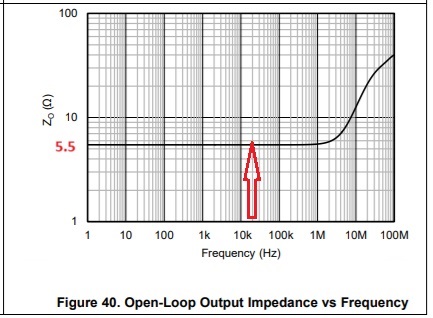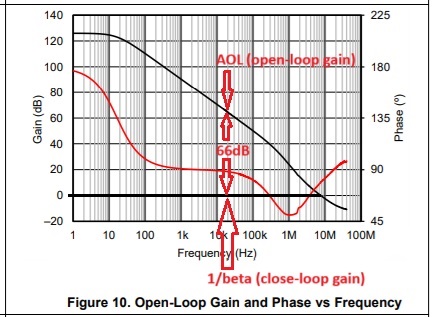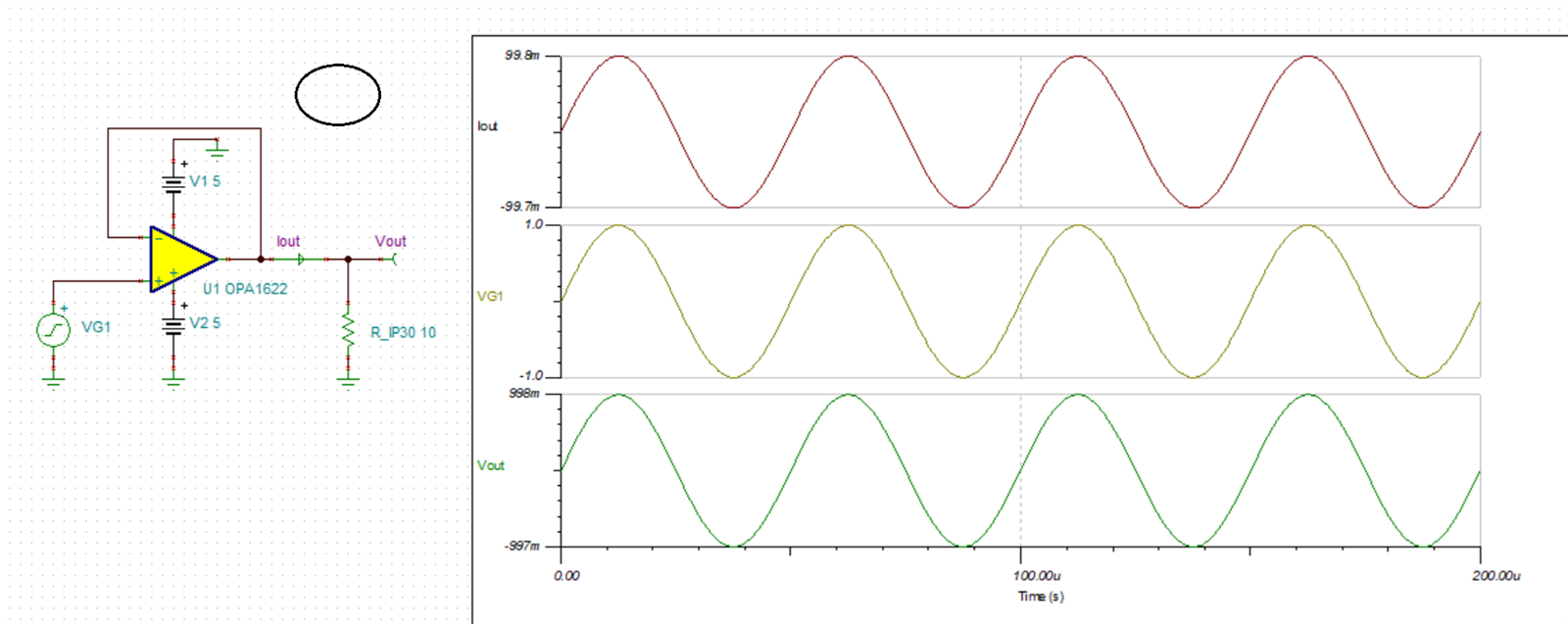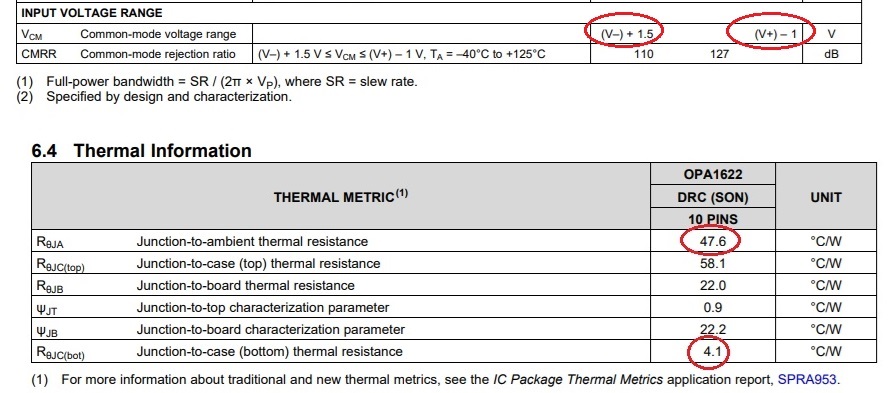Other Parts Discussed in Thread: OPA1622
Tool/software:
Hi,
I'm working on an audio project in which I'm facing a problem : my impedance of codec(TLV320AIC3104 stereo Headphone o/p ) is 16 ohms, I'm using the receiver IP30 from Radio Ear whose impedance is 10 ohms. I need to match the impedance for better performance (Headphone differential output ). Tell me related solution for this problem. If using a buffer amplifier can be the solution for it then suggest me an IC as well.
OPA1622 can work with this impedance matching or not ?
Regards,
Falguni Sharma




